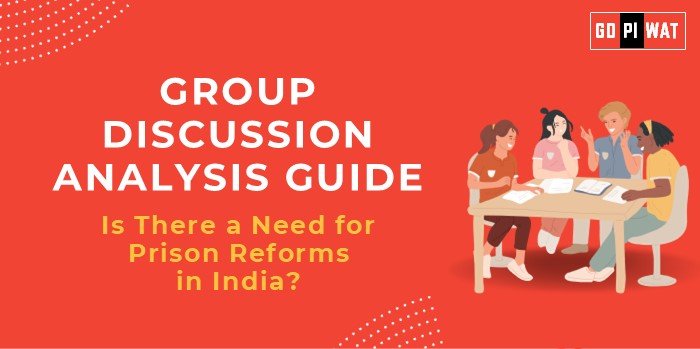🏛️ Is There a Need for Prison Reforms in India?
🌐 Introduction
Prison reforms have become a critical issue in India as the justice system grapples with overcrowding, outdated practices, and inadequate rehabilitation facilities. With over 70% of inmates being undertrials and prisons operating at 130% capacity, the current system reflects systemic inefficiencies and a lack of focus on human rights.
📊 Quick Facts and Key Statistics
- 📈 Prison Occupancy Rate: 130% as of 2021, leading to inhumane conditions.
- ⚖️ Undertrial Population: 70% of prisoners are awaiting trial, reflecting judicial delays.
- 💸 Budget Allocation: ₹100 crore for prison reforms in 2022-23, indicating low prioritization.
- 🛠️ Rehabilitation Programs: Only 10% of prisoners receive skill development training.
🏛️ Stakeholders and Their Roles
- ⚖️ Government: Implements policies and allocates resources for prison management and reform.
- 🧑⚖️ Judiciary: Ensures humane conditions and addresses delays in justice delivery.
- 🤝 NGOs: Provide legal aid, mental health support, and vocational training to bridge systemic gaps.
- 👩👩👧👦 Families and Communities: Bear the societal impact of reintegration or recidivism of released prisoners.
✨ Achievements and Challenges
🎯 Achievements
- 📊 Skill Training Initiatives: Programs in select prisons have improved employability among inmates.
- 🖥️ E-Prison Initiatives: Digital records have streamlined case tracking and management.
- 🏢 Model Prisons: States like Kerala have introduced rehabilitative facilities, offering a blueprint for reforms.
⚠️ Challenges
- 🏘️ Overcrowding: High inmate populations lead to poor living conditions and limited access to basic amenities.
- 🧠 Lack of Rehabilitation: Insufficient mental health support and vocational training hinder reintegration.
- ⏳ Judicial Delays: Prolonged trials keep undertrials incarcerated unnecessarily, burdening the system.
🌍 Global Comparisons
Norway: Emphasizes rehabilitation with humane conditions and a focus on reducing recidivism.
United States: Faces similar challenges to India, with overcrowding and a high recidivism rate reflecting the drawbacks of punitive systems.
🔮 Structured Arguments
Supporting Stance: “India’s prisons are overcrowded, and the lack of rehabilitative programs necessitates urgent reforms.”
Opposing Stance: “Budget constraints and societal attitudes make large-scale prison reforms challenging in the short term.”
Balanced Perspective: “Reforms should focus on improving humane conditions while addressing resource limitations through phased strategies.”
📈 Strategic Analysis
- 💪 Strengths: Existing model prisons, judicial support, and growing public awareness.
- ❌ Weaknesses: Limited funding, high undertrial population, outdated infrastructure.
- 📚 Opportunities: Partnerships with NGOs, international funding, and rehabilitative programs.
- ⚠️ Threats: Political apathy and public perception of reforms as “soft on crime.”
💡 Connecting with B-School Applications
Prison reforms provide valuable insights into resource management, ethical policy-making, and addressing systemic inefficiencies. B-school students can explore themes of leadership and social impact in addressing complex societal issues.
📄 Sample Interview Questions
- “How can public-private partnerships help improve prison conditions?”
- “What role does rehabilitation play in reducing crime rates?”
📄 Source: GD Analysis Guide, 2024


